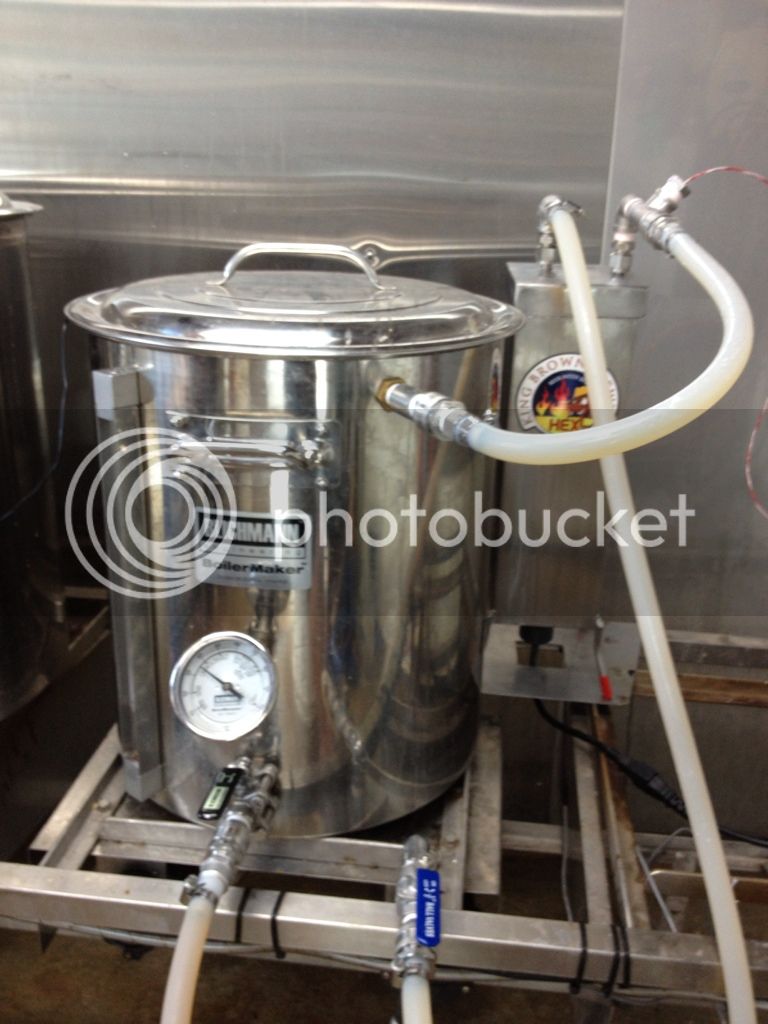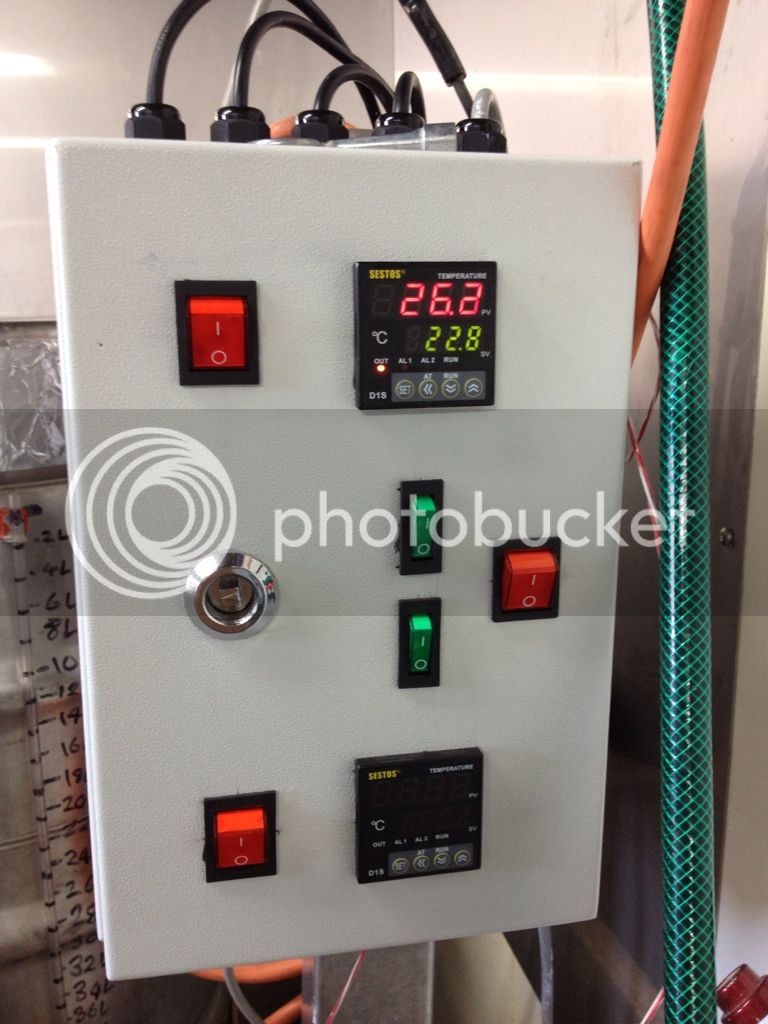A question...
If you use a pt100 sensor there are 3 wires, but only 2 spots to attach them on the PID.
Which ones go where?
Mine isn't registering as receiving a clear temp signal, and yes that PID is compatible with rtd pt 100.
What brand/model PID is it, there must be a third hook up somewhere?
QldKev










